

Introduction
The Marine Electric Vehicle Market is witnessing significant growth as the global maritime industry transitions towards sustainable and environmentally friendly solutions. Electric propulsion in marine vehicles reduces carbon emissions, improves fuel efficiency, and lowers operational costs. The global marine electric vehicle market was valued at approximately USD 7.5 billion in 2023 and is projected to reach USD 16.2 billion by 2031, growing at a CAGR of 10.4% during the forecast period. Key drivers include stringent emission regulations, technological advancements, and increasing adoption of green energy solutions in marine transportation.
Market Drivers
Market Segmentation
Competitive Landscape
The Marine Electric Vehicle Market is highly competitive, with key players focusing on innovation and strategic collaborations to strengthen their market position. Major players include:
These companies are investing in R&D to develop advanced electric propulsion systems and batteries, catering to the growing demand for sustainable marine transportation.
Challenges and Opportunities
Future Outlook
The Marine Electric Vehicle Market is poised for robust growth as technological advancements and regulatory frameworks align to promote sustainable practices in the maritime sector. Key trends, such as the integration of artificial intelligence, automation, and IoT in electric marine vehicles, will further enhance efficiency and adoption rates. By 2031, electric propulsion is expected to become a standard feature in various marine applications, transforming the industry towards a greener future.
Conclusion
The shift towards sustainability in the maritime industry has positioned the Marine Electric Vehicle Market as a vital segment in global transportation. With an expected CAGR of 10.4% over the forecast period, the market offers immense potential for innovation and growth. Companies focusing on R&D and strategic collaborations will play a pivotal role in shaping the future of marine electric vehicles, ensuring a cleaner, greener, and more efficient maritime ecosystem.
Source: International Market Research Analysis, 2024

International Market Research follows a comprehensive research methodology dedicated to offering the most accurate market estimation and analysis. It leverages a data triangulation methodology to estimate the market dynamics and deliver precise estimations. The company exploits a combination of top-down and bottom-up approaches for classifying and assessing quantitative aspects of the market.
This research study is based on exhaustive quantitative and qualitative analysis.
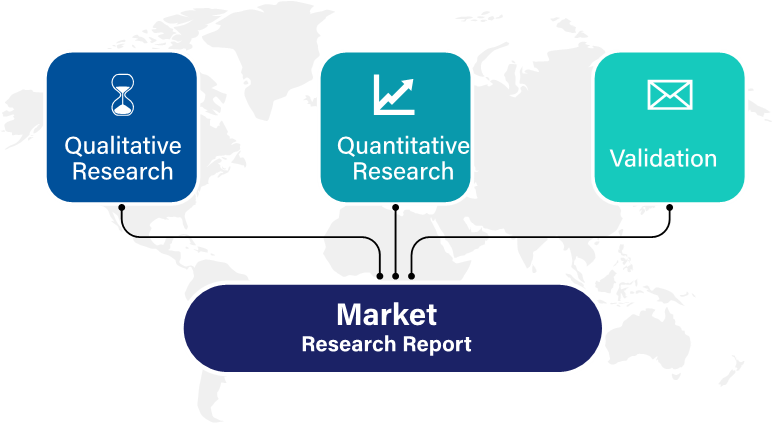
The Quantitative analysis involves numerous models, mathematical tools, projection, and sampling techniques. It encompasses the following steps:
Recognize market variables and derive market size.
Valuation of prospects, opportunities, and market penetration rates by analyzing Application Predictive Maintenance Solution, regional trends, etc.
Gauge historical market trends and derive present and future year-on-year growth trends
The qualitative analysis covers briefing about market dynamics and business opportunities and strategies. Lastly, all the research findings are authenticated over interviews with in-house industry experts, freelance consultants, and key opinion leaders, etc.
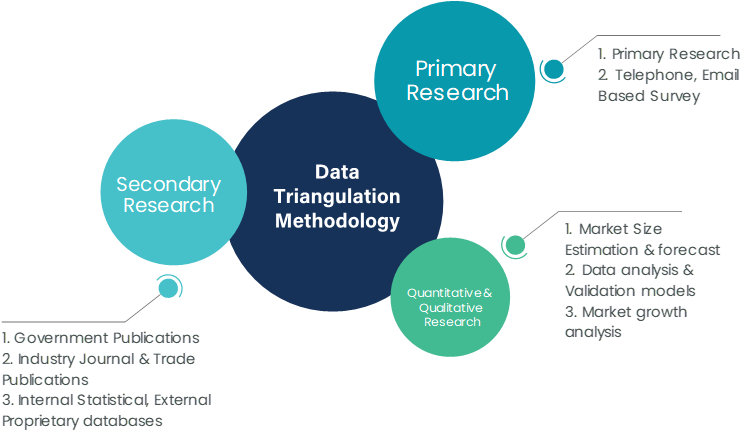
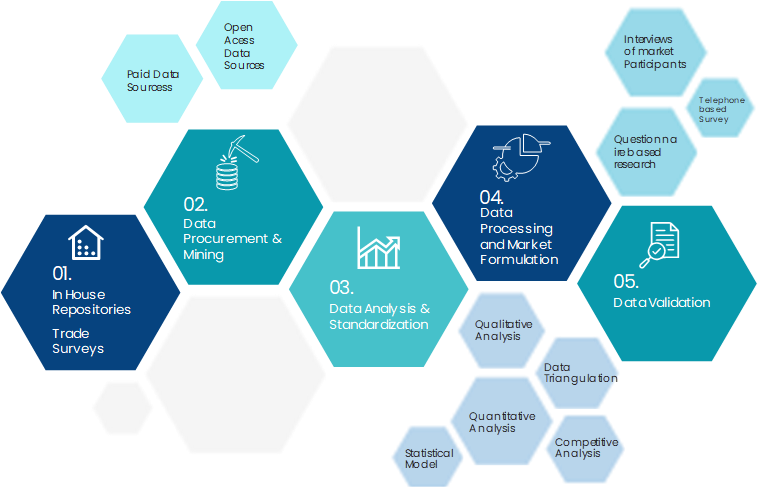
The preliminary raw data and relevant information are acquired via different sources such as secondary findings, trade surveys, and in-house repositories. Technical issues and trends are attained from technical symposia, surveys, and trade journals. Market dynamics such as driving factors, restraints/challenges, pricing trends, and opportunities are also collected using extensive secondary research via paid and open access data sources.
This info is then filtered to make sure that the related data including market trends, industry dynamics, and outlook is retained for the further research End-user. Data is constantly filtered to confirm that only authenticated sources are measured.
It comprises analysis & mapping of all the data gathered from the above step. It also includes the analysis of data differences observed across numerous data sources and arrives at final data points to be used for final calculations.
This step involves data End-user using various models, mathematical tools, projection, and sampling techniques to derive market findings. It also involves the placement of data points at suitable market spaces to gather viable conclusions.
Market estimates and forecasts are derived via simulation models. Collected data for market dynamics, Propulsion Type sets, pricing trends, and Type development is fed into the model and evaluated simultaneously. These factors are studied on a comparative basis, and their influence over the prediction period is quantified by means of regression, correlation, and time-series exploration. Analyst viewpoint & subject matter expert-based heuristic form of market sizing also plays an essential part in this step.
Some of the parameters measured as a part of the statistical model are:
Macro-economic indicators
Micro-economic indicators
Socio-political indicators
Environmental indicators
Propulsion Type indicators
Validation End-user aids to finalize data points to be used for final calculations. Primary Interviews are conducted to authenticate the data and analysis.
Primary research includes questionnaire-based research, email interactions, online surveys, and telephonic interviews. Interviewees are approached by prominent companies across the value chain including suppliers, Propulsion Type providers, domain experts, and buyers to ensure a holistic and unbiased picture of the market.
Industry participants involved in this research study include:
CEOs, VPs, market intelligence managers
Procuring and national sales managers technical personnel, distributors, and resellers
Research analysts and key opinion leaders from various domains
Our research methodology includes an ideal combination of primary and secondary initiatives.
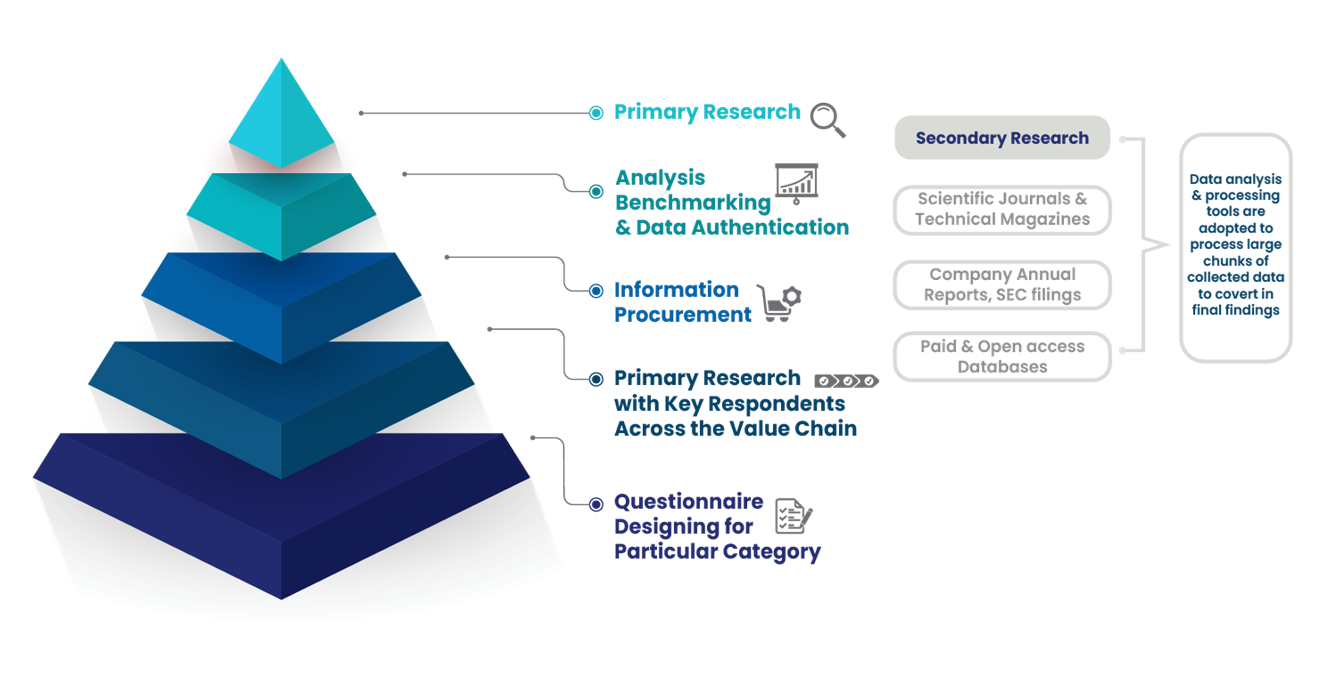
Source: International Market Research Analysis, 2024
It involves company databases such as Hoover's: This assists us to recognize financial information, the structure of the market participants, and the industry competitive landscape.
The secondary research sources referred to in the End-user are as follows:
Supply Chain and Inventory Managemental bodies, and organizations creating economic policies
National and international social welfare institutions
Company websites, financial reports and SEC filings, broker and investor reports
Related patent and regulatory databases
Statistical databases and market reports
Corporate Presentations, news, press release, and specification sheet of Manufacturers
Open access and paid data sources:
Eurostat
Statista
OneSource
Plastemart
WHO and World Bank
ITU
Factiva
Hoovers
Primary research includes online surveys and telephonic interviews.
Means of primary research: Email interactions, telephonic discussions, and questionnaire-based research, etc.
To validate our research findings and analysis, we conduct primary interviews of key industry participants. Insights from primary respondents help in validating the secondary research findings. It also develops Research Team’s expertise and market understanding.
Industry participants involved in this research study include:
CEOs, VPs, market intelligence managers
Procuring and national sales managers technical personnel, distributors, and resellers
Research analysts and key opinion leaders from various domains
We employ of following parameters in the absence of concrete data sources:
We assign weights to various parameters and quantify their market influence with the help of weighted average analysis, to derive an expected market growth rate
Income distribution, purchasing pattern, per capita income, and other end-user associated parameters
GDP, inflation rate, per capita disposable income, etc.
Expenditure, financial policies of the country, infrastructure and sector growth, and facilities
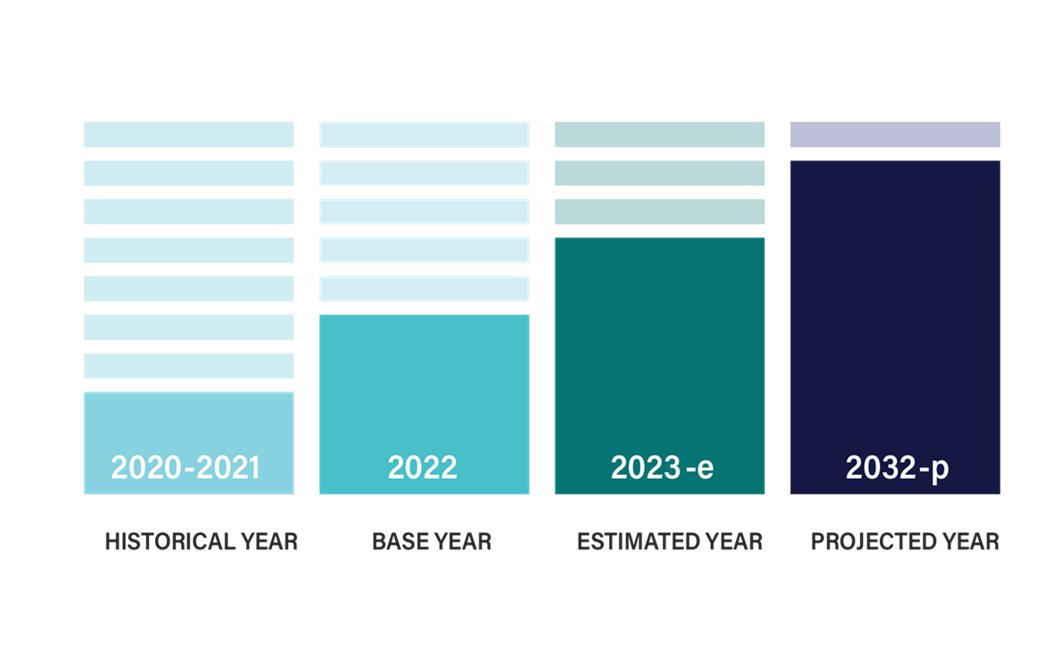
Source: International Market Research Analysis, 2024
International Market Research(IMR) is global leader in Market Research & Consulting services.